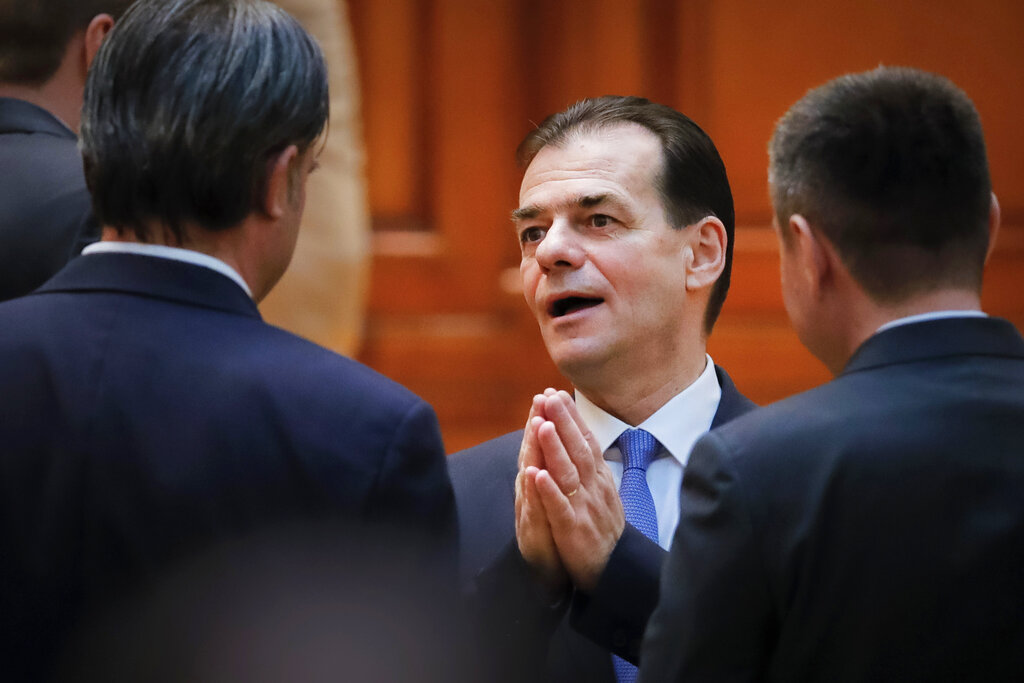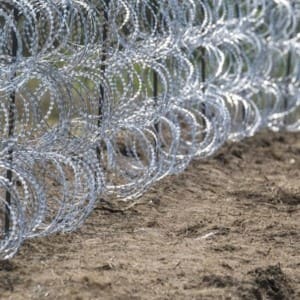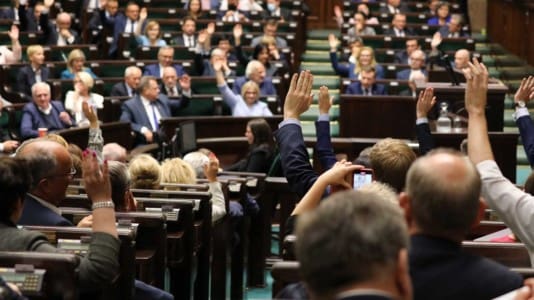The former prime minister, who is also the chairman of the National Liberal Party (PNL) and the Bucharest Parliament, said in the Harghita county of Transylvania, which is predominantly Hungarian, that if the region is developed to its full potential, it will be seen that the ethnic composition can be changed.
As the leadership election of the PNL approached, Ludovic Orban, whose mother was Hungarian and whose Romanian father was an officer of the dreaded Securitate secret service at the time of Ceausescu, wanted to win the presidency for another term, so he brought the Hungarian card into play.
The party president has been repeatedly accused by his political opponents of being Hungarian-friendly, so there is an explanation for why he has to constantly prove the opposite, his hatred of Hungarians. And it is also to be expected that in Romania, it is still possible to get votes with Hungarian hatred. In a hundred years, the Romanians still have not been able to overcome the frustration of carrying out an unjust plunder of territory after the First World War, bringing a significant number of Hungarians to Romania.
Despite all attempts at assimilation – indeed, with the intention to forcibly assimilate – two and a half million Hungarians still live in the heart of Transylvania. Ludovic Orban may not know what goes on in his environment. Nowadays, the Hungarian card is probably no longer the all-winning trump. If the development programs planned by him were implemented, i.e., if investments in the region actually took place, it is very conceivable that Transylvania would become even more distant from Bucharest.
According to Ilie Șerbănescu, Transylvania and Southern Romania will keep moving away from each other. The renowned Romanian economist points out that all regions, regardless of national borders, move in the direction of the economic and power poles. He sees Bucharest as the weakest economic power center in the region for Transylvania. Budapest and Vienna are much stronger.
Publicist Cristian Tudor Popescu formulated similar ideas a few years ago. According to him, there is a predominance of self-conscious, future-thinking Romanian people in Transylvania, who will soon raise the question seriously: why is it worthwhile for us to belong Romania?
As long as the voice of the Transylvanian idea is considered to be the opinion of only a few Romanian intellectuals, Transylvania can be painted as a part of the country endangered by Hungarian separatism. However, with the strengthening of the Romanian lobby in Transylvania, it is no longer possible to point to the Hungarian danger, Popescu said.
Almost at the same time as Popescu’s statement, four cities belonging to Hungary before the First World War – Arad, Kolozsvár (Cluj-Napoca), Nagyvárad (Oradea), and Temesvár (Timisoara) – announced the establishment of an anti-Bucharest organization called the Western Alliance to jointly promote the region and direct EU resources without the inclusion of the Romanian government.
Romanian publicist Sabin Gherman predicted these processes two decades ago when he said, “I’m tired of Romania, I want my Transylvania!…Romania was given a great chance to unite with Transylvania to learn something from its organization and values. That’s not what happened.”
At the moment, it might still be a mistake to overestimate the desire of Transylvanian Romanians for self-determination or secession. On the other hand, if we take into account the conditions of thirty years ago, when the idea of Transylvania was an exclusively Hungarian matter, we can see a tangible shift on the part of the Romanian intelligentsia.
Title image: Ludovic Orban, President of the Romanian liberal PNL party. (AP Photo/Vadim Ghirda)






